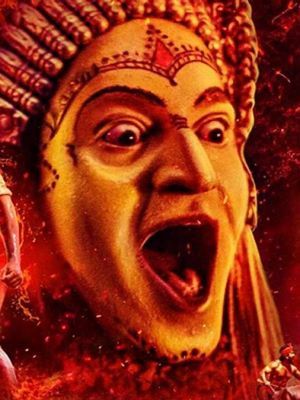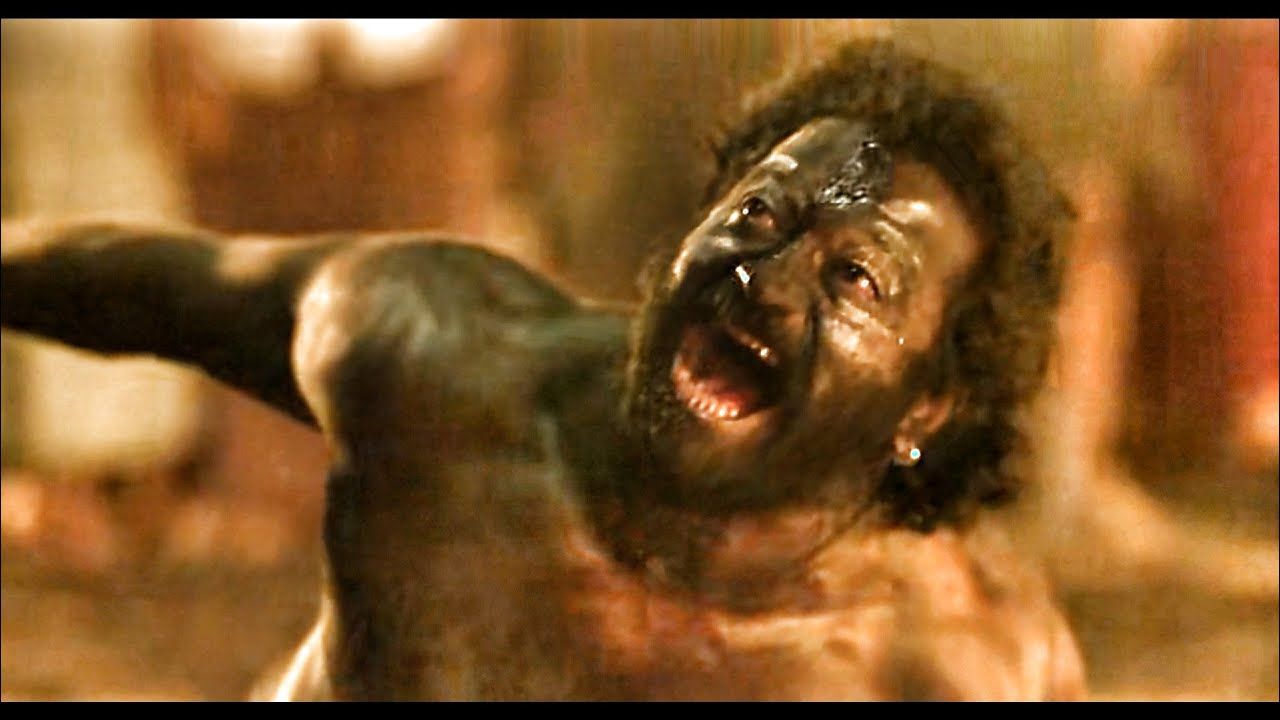Vaa Porluya - Brief thoughts on Kantara
Vaa Porluya!
The movie Kantara has been in the news since it came out around September (Navaratri) 2022.
And though at the time it wasn’t really obvious, it soon became one of the biggest movies of 2022 as well as one of the 3 Films from South India (The other 2 being KGF 2 and RRR) that punched way above their weight with extraordinary Pan India performances. Interestingly, the Production House Hombale Films was involved with 2 of the 3 (Kantara and KGF2) movies.
But what made the movie Kantara click? The story was highly localised to the Tulu Nadu region of Karnataka (yours truly hailing from the area) with everything from the Kannada dialect used and the concept of Daiva Aaradhane (bad translation: Spirit worship) quite unique to the region. In fact, Daiva Aaradhane isn’t mainstream outside of the Tulu Lands (Dakshina Kannada and Udupi Districts) in Karnataka but with some parallels in a few other regions of the country.
Vaa Porluya!
In Tulu: What beauty! - (The starting phrase of one of the songs in the movie that plays when the Ritual Procession for the Daiva arrives at the Shrine)
Kantara is an ode to ritual and religious beauty. All major incidents in the movie stem from long held rituals or rather deviations from said rituals in a few cases. Whether it’s the original pact between the King and the Daiva Panjurli, the attempt by his descendants to break the pact and corresponding rituals and finally, even the acceptance of the Protagonist to take up his ancestral calling to the Aaradhane ritual. Indians (Hindus specifically) across States adhere to many rituals in their daily lives. Our way of worship is one of myriad rituals and Kantara delves into this aspect in a spectacular manner. Yes, the camerawork and music are good. But the reason people took to it is that they became enamoured with the Ritual of Daiva Aaradhane or Bhoota Kola (used interchangeably).
Vaa Porluya!
I found this phrase interesting for another reason. The song describes the Daivas of Tulu Nadu and in the movie, the Daiva Panjurli. But every time we see a manifestation of the Daiva (more so with the Kshetrapalaka Daiva Guliga), its more or less a fierce aspect that comes to mind. But the song describes the Daiva in all their fierceness as someone beautiful (including their actions). So much so that their form and actions are supposed to drive one mad with happiness on being witnessed (again a rough translation of the song).

This sentiment is common in Hinduism where Gods that take up an aspect of protection or destruction are likewise described as resplendent /beautiful / magnificent etc. Think of depictions of Devi Kali who while is exceedingly fearsome and terrible to look at, is at the same time thought of as beautiful (to her devotees, her form is always pleasing at all times while to evil, her very form renders them senseless). Similar depictions exist for Deities and Gods like Narasimha, Shiva (Bhairava etc.), and even Rama (The Khara-Dushana Arc comes particularly to mind).

Bringing to life this dual characteristic of the Daiva in Kantara through the song as well as certain scenes (not many spoilers here) IMO has resonated with viewers across the board subconsciously. We see many reports of viewers of the movie experiencing almost religious ecstasy at the climax scene and so on. This is an experience that is certainly new at the Cinematic stage in India.
Vaa Porluya!
In short, Vaa Porluya embodies the story and concepts of Kantara. And for an audience that has long waited for storylines that are both culturally significant as well as entertaining, Kantara has hit all the right chords.